Alright – so today we’ve got the honor of introducing you to Presley Oldham . We think you’ll enjoy our conversation, we’ve shared it below.
Presley , appreciate you joining us today. We’d love to hear about a project that you’ve worked on that’s meant a lot to you.
One of the more meaningful projects I’ve worked on recently was a collaboration with my uncle, Todd Oldham. He was a fashion designer in the 90’s, and I was lucky to grow up in the colorful world he created. A large facet of his runway collections were the handcrafted metal hardwares that adorned the clothes. All of the buttons, belt links, and jewelries were ornate and unique, and were also sculpted and cast by my father. Todd recently decided to launch a new venture, called Todd Oldham Maker Shop, that focused on upcycling and collaboration. I knew that we still had tons of these buttons and hardware pieces in storage (they literally weighed over a ton in all), and I had the idea to create new jewelry using these metal pieces that were just sitting, packed away in boxes. It was really meaningful to me to bring new life to these pieces, and work with hardware that had passed through both my uncle and father’s hands. It was also like a puzzle, figuring out how to work with all of these findings that weren’t meant to be used in the way I was using them. I loved getting to make new jewelry with these buttons and shapes that I had grown up around — it was a project that my childhood really prepared me for. The pieces that I ended up creating were a beautiful synthesis of my uncle and I’s work that I will always be proud of.

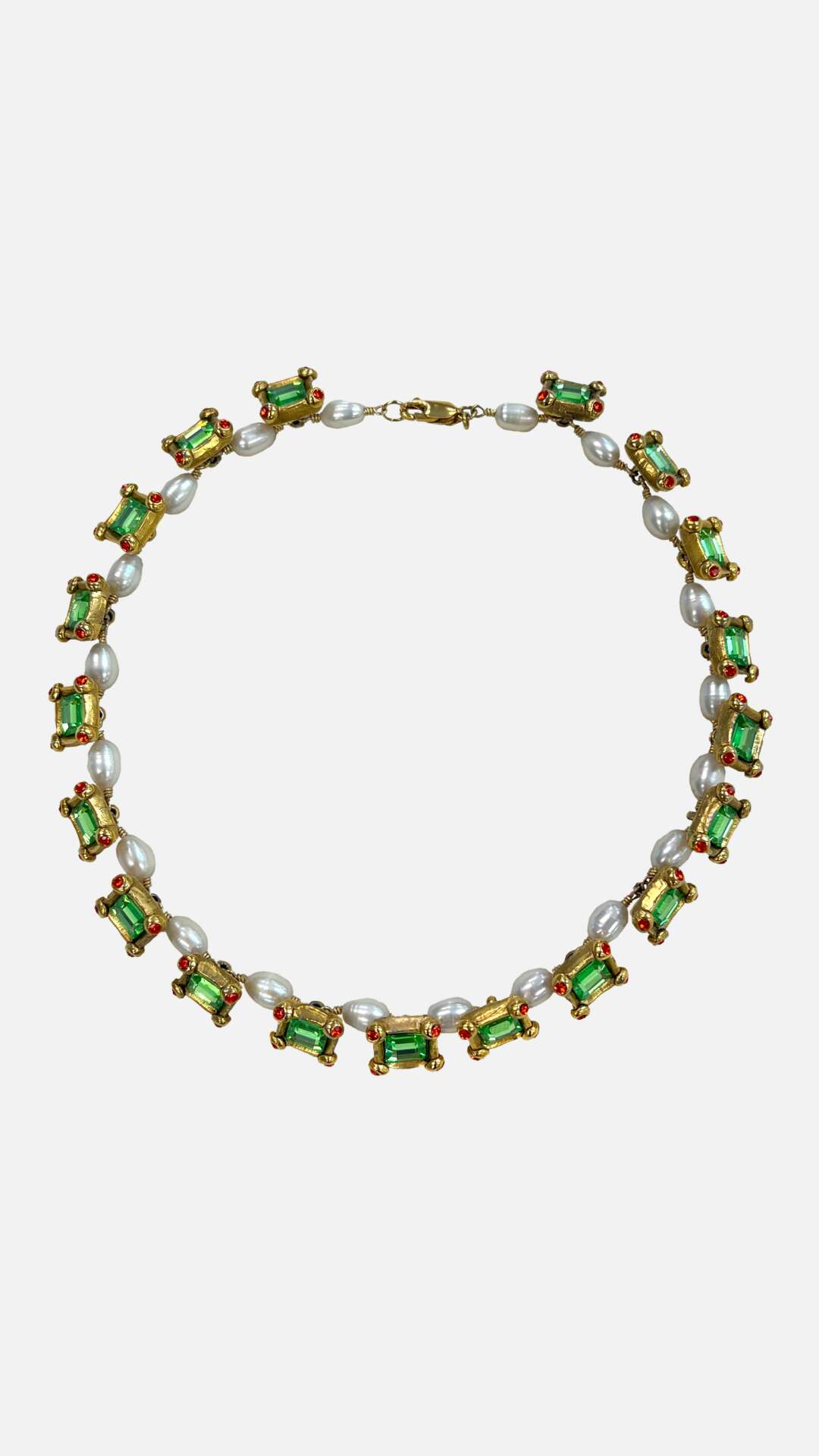
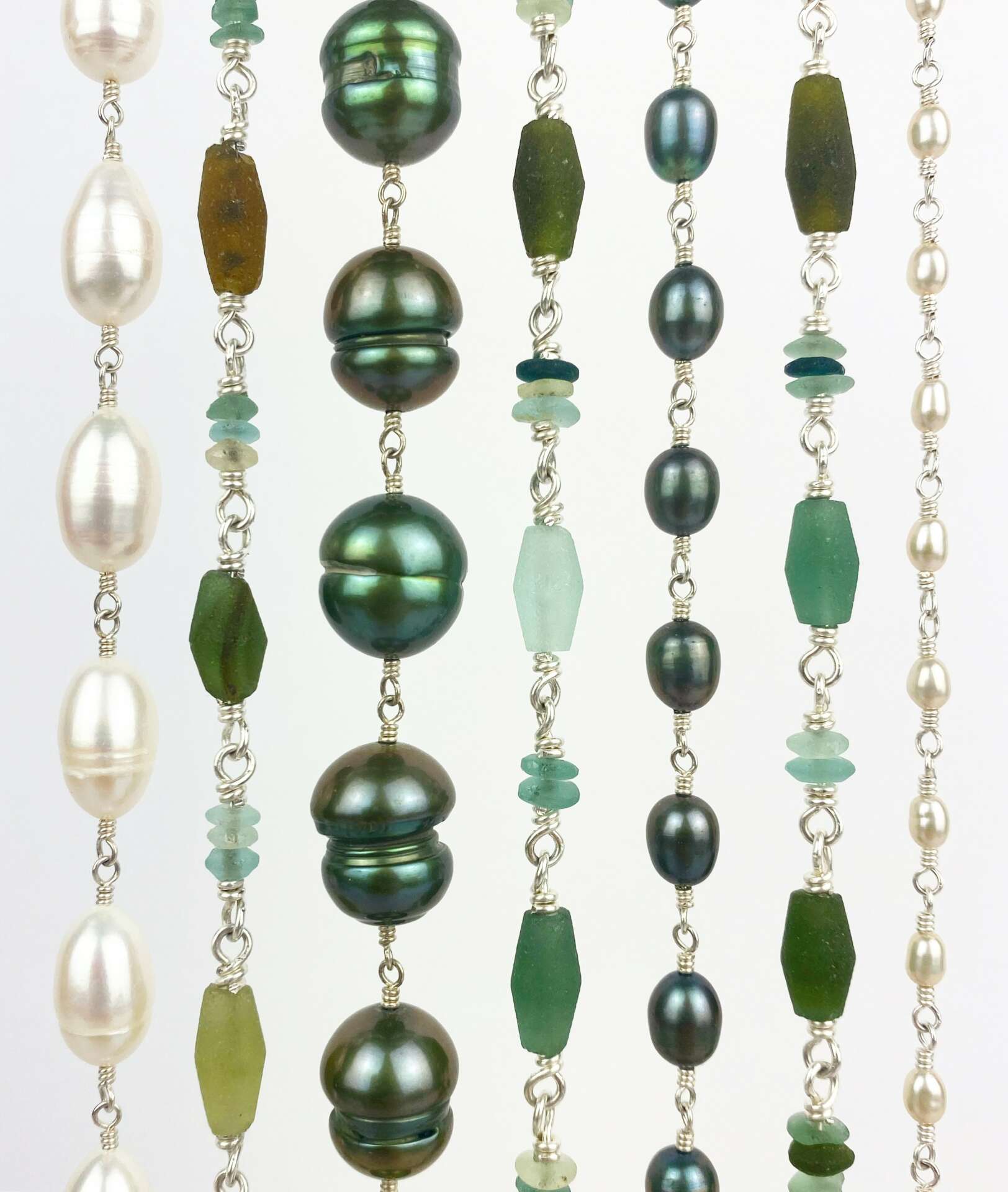
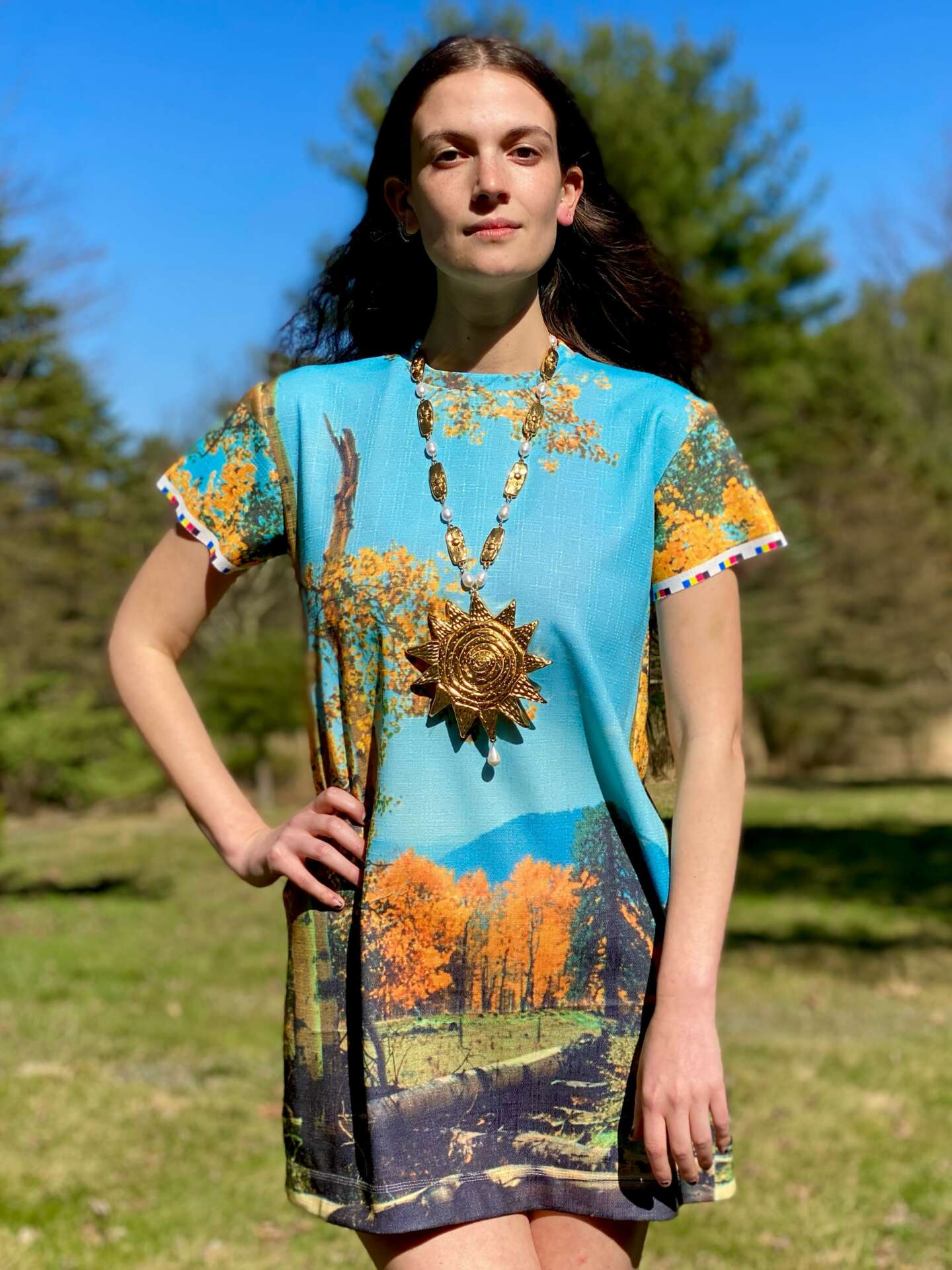
Presley , love having you share your insights with us. Before we ask you more questions, maybe you can take a moment to introduce yourself to our readers who might have missed our earlier conversations?
Since starting the brand, my goal has been to create beautiful, timeless jewelry that has universal appeal. Genderlessness is a factor in my design process simply because it places the importance on creating a beautiful object. When I launched, I genuinely didn’t think about gender. I shot the first collection on myself (because it was the start of the pandemic), and then I was labeled as making pearls for men. Which is great, don’t get me wrong, but I think that kind of headline reinforces the walls around gendered jewelry.
I personally don’t think it’s beneficial to gender jewelry or clothing. If you like it and want to wear it, why shouldn’t you? We all have bodies worthy of decoration. Jewelry should be fun, and make you feel more like yourself no matter how you identify.
—
My grandma (Linda Oldham) is a large mentor in my life. She is a fine artist, but made jewelry as well when I was a kid. I spent my childhood summers in Santa Fe with her and my grandpa, and every summer felt like an artist retreat. She taught me early on about wire wrapping and different jewelry techniques, among many other things. Beads, wire, and pliers were always around me as a kid, and jewelry making seemed as normal of an after school activity as soccer to me. One of the first pieces I remember making was an emerald pendant necklace for their dog when I was about 8 years old.
The rest of my family were also mentors in their own ways — my dad is a sculptor, my mom is in marketing and my uncle is a fashion designer. I feel really lucky to have grown up in such an artistic family because they all showed me how to run a creative business through their unique lenses. I’ve tried to distill all of that knowledge while building my business and finding my own perspective.
I started making jewelry more frequently about four years ago, as something to do in the evenings after work. I was working in film at the time, and making jewelry was a great tactile alternative to the more ephemeral, drawn-out art form. It was nice to create objects with my hands, and have a project with a distinct start and finish. I launched my brand two months into the pandemic because I was feeling creatively starved. The first collection was made using pearls I’d collected at flea markets over the last few years, and there were only two or three of each style. It felt more like a one-off project when I launched, but all very natural at the same time. Thankfully it took off and has now become my main art form/business.
I’m currently located upstate in Hudson, New York, but still spend a few months of every year in Santa Fe (where I started my business). I tend to move a lot (I’ve lived in Santa Fe, LA, Dallas and Hudson since starting the line), but I always try to let the environment I’m working in flow through my work. I feel like the most obvious way it affects my work is in my campaigns. You can pinpoint where I was at the time by looking at the campaigns for each season — I’ve done the beachy LA shoot, horses on the Texas ranch, mountainous desert New Mexico, and upstate NY camp getaway. It’s fun to collect these locations, and find the next inspiration while traveling/living somewhere.
The other main way I try to engage with my environment is through supplies. I try to work with smaller, local suppliers, which at times does limit the materials available. I find this limitation helpful to my creativity though, and it pushes me to create with what I have around me. Most of my suppliers are still located throughout the Southwest, which is the place that most affects my work. The open space and fresh air recharges me, and will always be somewhere I feel at home.
I’ve been drawn to pearls since I started my brand. I love how they’re naturally unique, and the only gem created by another organism. I love the biology behind them — how the pearl forms inside the mollusk as a defense mechanism from a virus invading its shell (this is a research rabbit hole I constantly go down). On a visual level, they’re so striking and come in so many irregular shapes and sizes that I’m endlessly fascinated with what I can find. They’re also the first gems to be worn by humans, and I think their symbolic weight throughout history of being protective and powerful gems adds an interesting texture to using them. Further, it’s fun to rewrite the script around pearls being a ‘feminine’ jewel. This idea only came about in the last 100 years, prior to that they were worn by everyone and seen as a symbol of status. I’m trying to democratize the pearl, and show them on a wide range of people.
I also work with a few other gemstones and antique glass. The glass has been a fun way to expand my offerings while keeping the same ethos. There is a similar organic quality to pearls that you find in glass, each piece is unique and slightly one of a kind.
I don’t use any plastics/acrylics in my work (or packaging). I’m also not interested in using uniform/mass produced supplies. I think there is something nice about creating objects in limited quantities, and embracing the irregularity of materials.
In your view, what can society to do to best support artists, creatives and a thriving creative ecosystem?
I think the most important thing a society can do is help directly fund creatives and the arts. Unfortunately, money is one of the largest limiting factors for so many artists and small businesses. I think small business owners and artists do a great job at working with what we have and within certain monetary limitations, but access to money is just very restricting. If you look at other countries that have state funded theaters, operas, etc, the arts are much more engrained in society and in turn, more respected and normalized. Because the cost of living and everyday life is so high in the US, it makes it almost unsustainable to work as an artist. Working a full time job on top of having a practice is what many people have to do, but leaves one feeling so empty and drained. How are you supposed to refuel and create when you’re constantly running from one thing to the next? If you want to create a thriving ecosystem, you have to build and invest in the foundation so that everything else can grow strong on top of it. I feel we need better access to affordable living, healthcare and funding like grants and residencies.
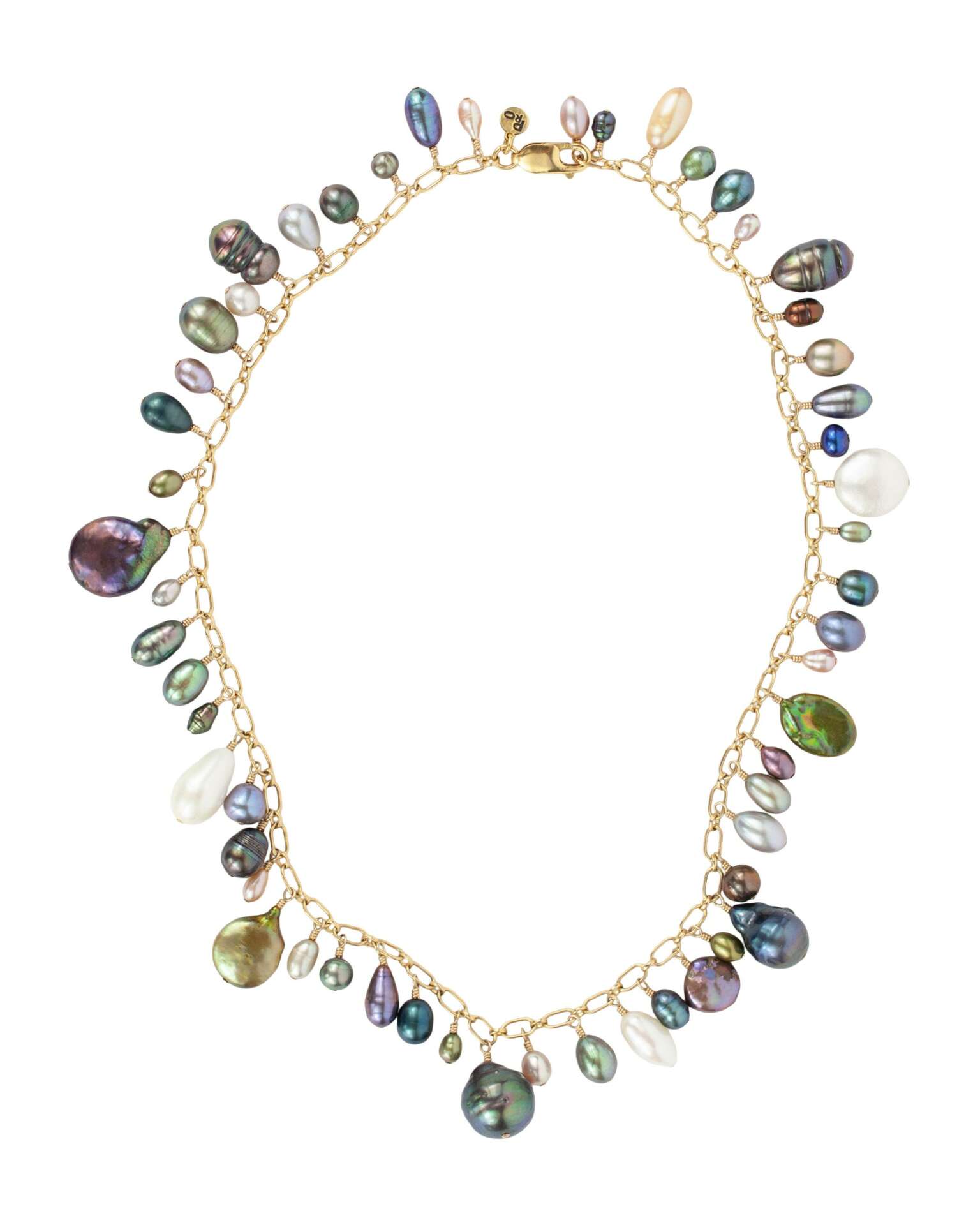
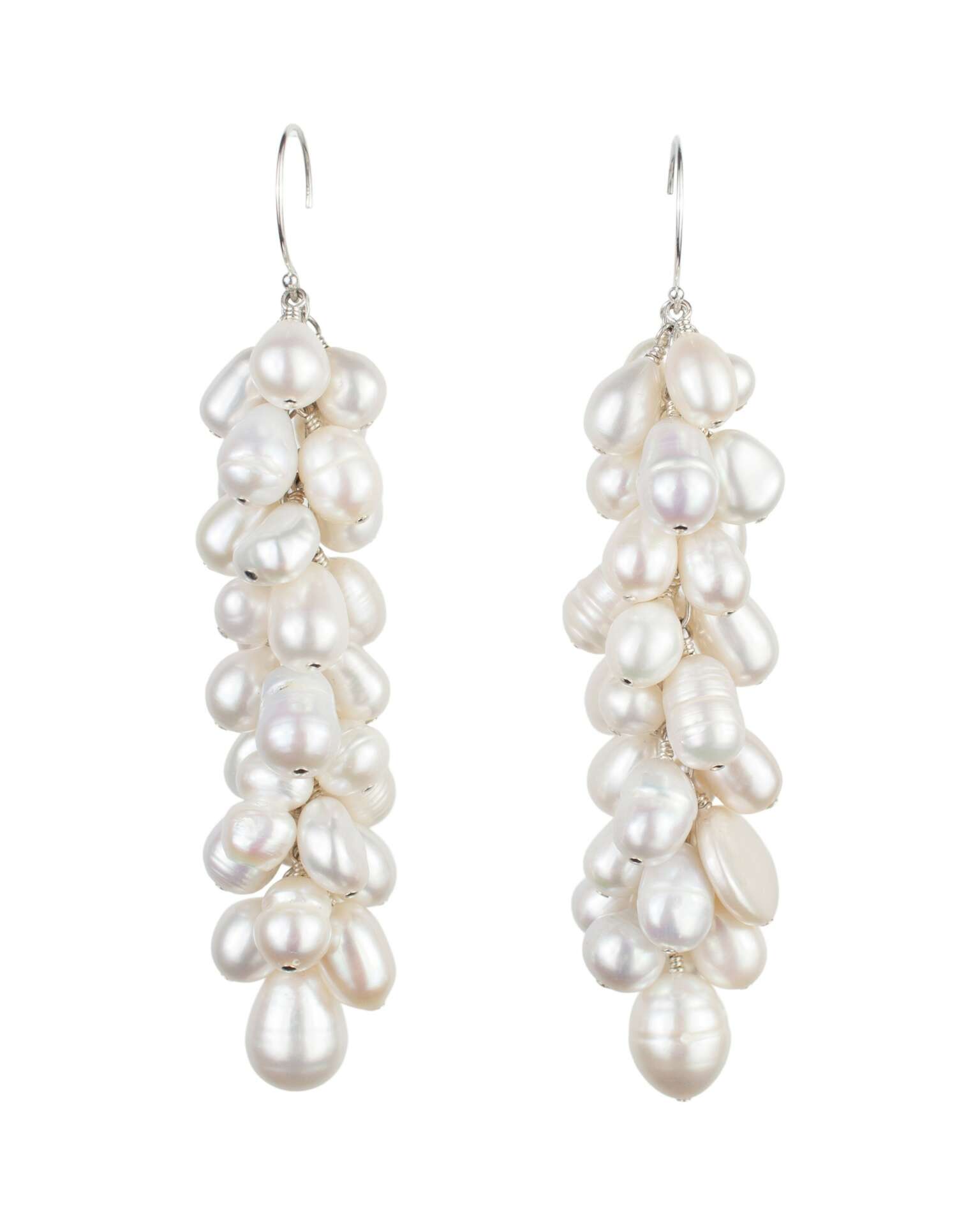


What’s the most rewarding aspect of being a creative in your experience?
I feel that one of the most rewarding aspects of being an artist is that I can follow my own creative thread. I spent many years working for other people and in collaborative environments, which I do enjoy in many ways. However, it can often dilute your creativity if you’re having to constantly work for other people and fulfill their needs. I had to learn to develop a membrane in a way, and filter through what was useful for me and what wasn’t. For many years, I let too much in and it really affected my creative output and mental health. I am very lucky that I’ve reached a point where my art/business can support my life, and I can choose when and who to collaborate with. Being able to build an intentional community of people who help support my work has been such a impactful shift in my business and life. Finding these collaborators only fuels my work, and pushes it to places I wouldn’t be able to reach sitting alone in a vacuum. Learning to reach out for help when needed has been a great shift, and has brought my work and business to a level that I couldn’t have reached by myself.
Contact Info:
- Website: presleyoldham.com
- Instagram: instagram.com/presley.oldham
- Linkedin: https://www.linkedin.com/in/presleyoldham/
Image Credits
Presley Oldham


